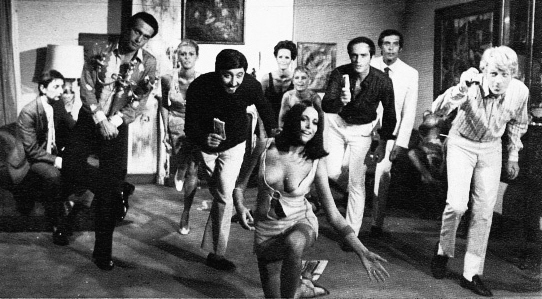Tait Serial Programmer Schematic

This project is based on the JDM circuit for a serial JDM programmer with voltage control intended to be used with. A JDM Mod Serial PIC programmer with VCC control. A Universal Programming Cable For Radios. Programming cable schematic diagram. Alexander Nesterov has designed the TAIT T2000 series radio connector.
Description: The PIC-PG3B is a powerful programmer based on David Tait's parallel port design. To operate it needs an external power supply of 12-15VAC or 16-18VDC. It supports all 8/18/28 and 40 pin PIC microcontrollers which allow serial programming. This programmer comes with an ICSP connector and cable can be used to program the,, and other prototype boards. Dimensions: 75x58 mm (3x2.3') Documents: • • • Tutorial: setup the PG3B. Software Option #1: by Bonny Gijzen. It's best software for serial and parallel port programmers we've seen - and it's free!
Supported Devices: Major Devices: 12F679, 12F675, 16F819, 16F628, 16F84A, 16F873, 16F873A, 16F876, 16F876A, 16F877, 16F877A This list is only the popular Microchip Devices! Download the latest version of IC-Prog for a complete list (it's huge).
Make your own PIC programmer for your computer's parallel port. This is a variation of David Tait's classic design. It is very reliable and there is good programming software available for free. I like IC-Prog and PICpgm programmer. Gulshan kumar hindi bhajan mp3 free download. Best of all, it uses just two voltage regulator and 5 transistors! *** I added a pic of the final result, and pics of my new mini-programmer with a clear top.
Click the smaller images below! ** This is a new variation and it didn't work 100% correctly on the first attempt.
I guess I got ahead of myself. I have built several variations, and I thought I was on top of things.:) There are a couple of changes, but everything worked out in the end. I had to add an additional npn transistor and change a couple of resistor values. These changes are already reflected in this list, but are not updated in all the pics. See step 7 for pics of the software I use and how to set up the programmer.
You need: A male DB25 socket 4x NPN transistors, such as the 2n3904 1x PNP transistor, such as the 2n3906 1x 7805 voltage regulator 1x LM317 voltage regulator (and appropriate resistors to make 12.5V) 1x 10k SIP resistor network 4x 10k resistors 1x 22k resistor* update for step 3 1x 5k resistor 1x 1k resistor* update for step 3 1x machined-pin chip socket soldering iron, protoboard, wraping wire, wrapping tool, glue gun. Make an ICSP port with part of a chip socket, like this. Carefully bend the pins at a right angle. Now glue port down. Now is also a good time to glue your transistors on.
You can also solder the emitter of your npn transistors to the ground plane, now. I have labelled each transistors purpose here.
The three npn transistors will be wired as inverters. They will essentially 'take power away' from their respective pullup resistor when a current is placed onto their base pin.  The PNP transistor (upside down) will control the programming voltage.
The PNP transistor (upside down) will control the programming voltage.